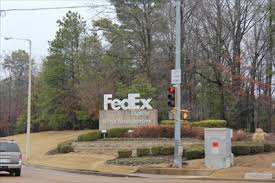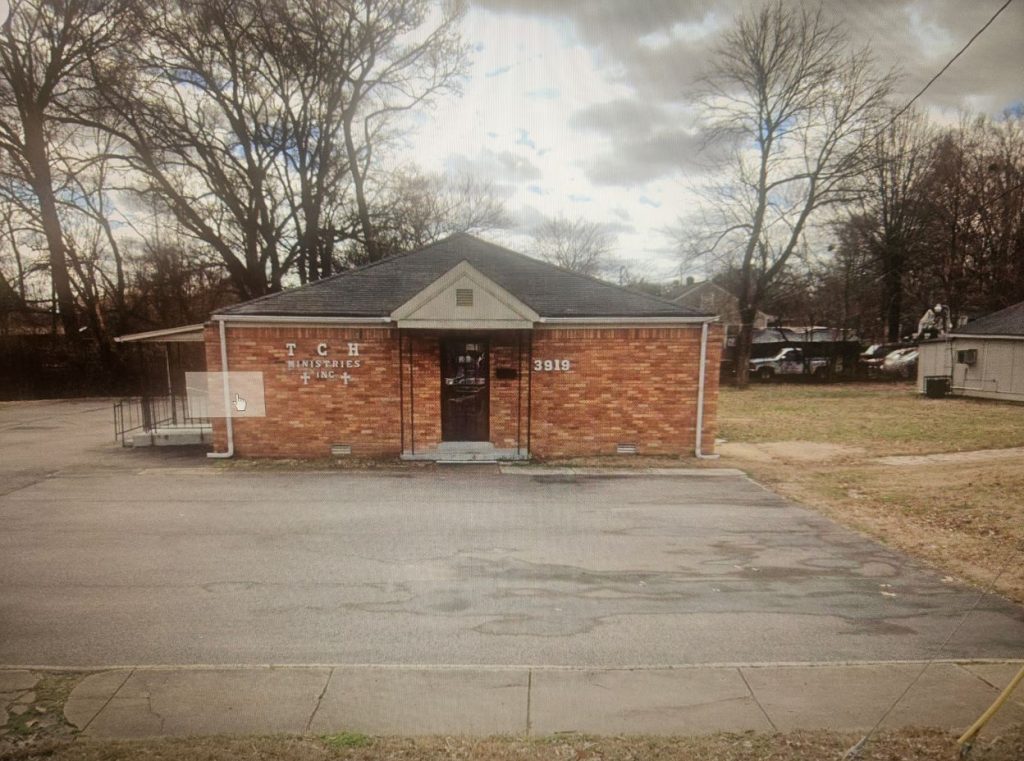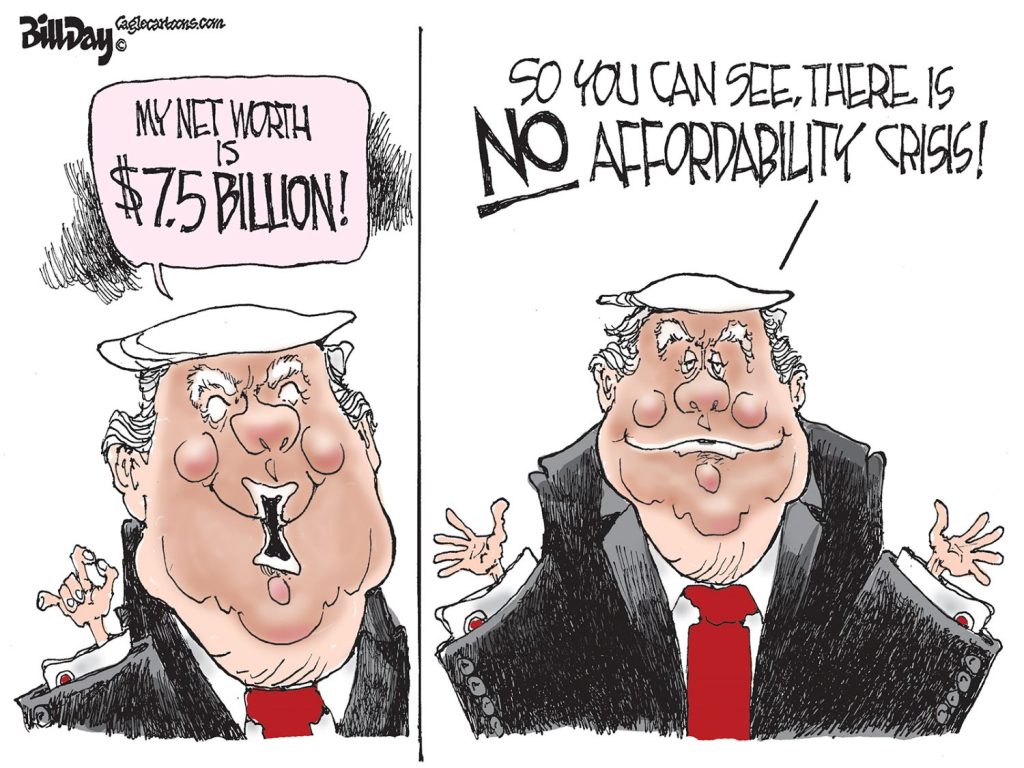Elon Musk’s supercomputer project and 86 other MLGW industrial customers pay a discounted rate for electricity that is about half of what we pay for power to our homes but the list of these “industries” raises questions about how some got on it.
MLGW’s 87 industrial customers – who pay $62 for a megawatt hour while most of us pay the $116 residential rate – include huge international corporations like FedEx, a bitcoin location, and manufacturing companies, one Shelby County municipality, a landfill, a brewery, and salvage and scrap metal yards.
Curiously, the lower industrial rate is also approved for a church, a ballet school, moving companies, a charter school, and a tourist attraction – much of which seem to defy MLGW’s definition of industrial users as having steady demands for electricity at a specific delivery point that justify the lower rates.
Among the customers receiving the special rate is Velsicol although it has not been operational since 2012 when it was closed as a chemical polluter and was declared a Superfund site.
Trying To Find A Through Line
But there are other current industrial customers that are even more perplexing and whose approval for the special rate appears to contradict MLGW’s own descriptions of what makes for one.
 New Ballet Ensemble and School
New Ballet Ensemble and School
There’s Graceland, the only tourist attraction that receives the special rate; the New Ballet Ensemble and School in the Cooper-Young neighborhood; Temple Cathedral Holiness Church Ministries, the only church among the hundreds in Memphis that’s being treated as an industrial user; and Todd’s Auction Services which handles estate liquidations but whose aqua Treasures is only open 20 hours a week and could charitably be called a junk store.
Others that also raise questions as industrial users are United Way of Greater Memphis, the only nonprofit organization receiving the industrial rate; Collierville, the only municipality on the list besides City of Memphis; Blues City Brewery, the only brewery in a city of breweries; Aurora Collegiate Academy, the only charter school from more than two dozen in Memphis; and moving companies, My Town Movers Inc. and Guardian Relocation of Tennessee.
All in all, it’s hard to identify the through line that connects the industrial customers, raising questions about how some entities got on the list for the special rate while others in the same industry or business don’t make it and also raising questions about impartiality and even-handed decision-making generally, if not the criteria for the process specifically.
MLGW’s 2024 rates report provides a flurry of charts and graphs but none that illuminate the industrial rate. Unlike the report’s rankings for water and gas bills, it does not rank the local industrial rate against other cities. It’s the kind of omission that lead critics to charge that it’s intentional obfuscation.
While MLGW doesn’t use the noun, industries, to describe those who receive the lower rate, its use of the adjective, industrial, certainly suggests that is the case; however, it can hardly be applied to a number of customers receiving the lower industrial rate, a few of which are only open a few hours a day or are closed on weekends. Some in fact operate retail operations and would seem more likely to get the commercial rate, which is $3 less than residential per kilowatt hour.
The Electricity Rate Disparity
The entire list of industrial customers is shown at the end of this post. While writing the November 25 post, A Tale of Two Cities: Boxtown and xAI, about TVA and MLGW’s industrial rates, Doug McGowen, president and CEO of the public utility, promised to provide a list of industrial customers. For many observers, it would have been unsurprising if MLGW had refused to release the names of industrial customers but to its credit, it supplied the list last week.
A Tale of Two Cities: Boxtown and xAI
Here’s the difference in the rate for a megawatt hour of electricity, according to information from Mr. McGowen:
- TVA charges MLGW $55 for industrial customers and MLGW in turn only increases it by 10% to the Memphis rate of $62.
- TVA charges MLGW $86 for residential customers and MLGW in turn increases it 26% to $116.
Put simply, TVA charges 56% more for residential customers, a disparity that is in turn amplified by MLGW’s increases. Meanwhile, a recent study shows that nearly 50% of Memphis households are experiencing high energy burdens, which means they are paying at least six percent of their monthly income for utilities, and for 30,000 families, it amounts to a fifth of their income.
A TVA spokesperson said MLGW has the ability to close the difference, saying TVA “sets the wholesale rates and the local power companies pass those on. Local power companies have the ability to add their own charges on the retail level.” In our earlier conversation, Mr. McGowen said: “Generally, industrial/manufacturing has a very high load factor because they use a ‘steady stream’ (my word) of electricity (manufacturing loads are very steady when electricity is used for production processes and they have comparatively minor swings in energy consumption based on season/weather for domestic heating and cooling). Generally, residential customers have a low load factor because their energy use varies pretty dramatically through the course of the day and through the year (high energy use in the morning and evening when everyone getting ready for work and coming home, low energy use overnight and middle of the day.”
TVA’s Misleading of Residential Customers
Tennessee Valley Authority has misled the public about its industrial rates and by extension, its lies have been institutionalized into MLGW’s rate-setting. As a former TVA board chair once said, as a result of the disparity, residential customers are in fact subsidizing the lower industrial rates.
Until TVA changed the method it used to determine fuel costs – one of the largest components of TVA’s rate – from an average cost basis to the resource cost allocation, all types of customers paid the same price for fuel costs.
That was upended by the change.
TVA’s new rate structure was promoted as revenue neutral overall, claiming it increased residential rates by about 0.4% while reducing rates for industrial customers by 3.6%. A 2018 study by Synapse Energy Economics Inc., Electricity Prices in the Tennessee Valley, found that TVA had actually been collecting an extra 5% per kilowatt hour from residential customers since 2011 while decreasing industrial rates by 20%.
The change amounted to savings of about $1.4 billion from 2011-2016 for industrial customers when compared to residential customers. The report estimated that in 2016 alone, residential customers paid $429 million more than if the rate had been shared equally.
The 87 Industrial Rate Customers
The list of industrial customers from MLGW does not include addresses or business purposes of customers so that information in parentheses comes from Internet searches. The following are the MLGW customers who receive the special, lower industrial rate for electricity:
2450 Scaper Street LLC (Klinke Brothers Ice Cream facility)
3454 Chelsea LLC (steel security storm doors or exterior doors)
4545 S. Mendenhall LLC (bitcoin mining plant)
Ace Pump Corp.
American Yeast Corp.
Archer-Daniels-Midland (2 accounts)
AT&T Wireless Service
Aurora Collegiate Academy Inc. (charter school)
Blues City Brewery LLC
Buzz Unicern Read Mix LLC
Cargill Inc.
Carrier Corporation
Charles Cox Corporation (lumber manufacturing)
City of Memphis
Classic American Hardwoods Inc.
Click Industries Inc.
Color Craft Label & Flexible Packaging LLC
Covoro Mining Solutions LLC
CTC Property LLC (4 accounts – Elon Musk supercomputer)
David Taylor Research Center (U.S. Navy Large Cavitation Channel test facility)
Delta Foremost Chemical Corp.
Designer Express Services Inc.
Dixie Waste Paper Co.
Electrolux Home Products Inc. (presumably the group that divested its facility in Memphis and which is now used by xAI)
Elvis Presley Enterprises
Empire Packing Co. LLP
Envirogen Technologies Inc.
Federal Express Corporation (2 accounts)
Gates Lumber Co.
Guardian Relocation of Tennessee Inc.
H&S Printing Co. Inc.
Hiland Dairy Foods Company LLC
Hotel Sales and Surplus and Motel Salvage LLC
Hyosun Hico Ltd Company
J M Smucker Co.
K.T.G. (USA) LP
Kellogg’s
Linde Inc
Materials Packaging Corp.
Mempack LLC
Memphis Cellulose LLC
Memphis Plating Works
Memphis Plywood Corporation
Memphis Tire Recyclers LLC
Memphis Department of Public Works
My Town Movers Inc.
New Ballet Ensemble and School Inc.
Nexair Carbonic LLC
Omnisource LLC
PCS Nitrogen Fertilizer
Penn A Kem LLL
PMC Biogenix Inc. (2 accounts)
Premcor Ref Group Inc.
Prime Powder Coating LLC
Pristex Solutions LLC
Production Specialists
Rayloc Company
Richardson Oilseed Products (US) Limited Inc.
Riviana Foods Inc.
Security Signals Inc.
SFI of Tennessee LLC
Shamrock Industries Inc.
Shelby County Schools (presumably now Memphis-Shelby County Schools)
Smith & Nephew Inc (2 accounts)
Solae LLC
Sonoco Products
South Shelby RNG LLC
Southern Cotton Oil Co.
Specialty Adhesives & Coating Inc.
Specialty Trailers Inc.
Standard Sheet Metal Works LLC
Stovall Engineering Co.
Temple Cathedral Holiness Church Ministries (a small church at 3919 Kimball Ave.)
The Conrad Co.
The Hershey Company
Titan Pallet Company LLC
Todd’s Auction Services (estate liquidators at 3455 Summer)
Town of Collierville
Trumbo Inc.
United Way of the Mid-South
University of Memphis
Valley Products Co.
Velsicol Chemical Co. (a Superfund chemical pollution site since 2012)
Warford Street Auto II
Watson
Woodward Case Inc.
**
Join me at the Smart City Memphis Facebook page and on Instagram where these blog posts are published along with occasional articles, reports, and commentaries that are relevant to Memphis.









Certainly difficult to understand how these non-industrial users qualify for industrial rates. If one school or church, etc. gets a lower rate, they all should. Uniformity and fairness are needed.
A good article. Industrial rates are a strange item. It is true that steady demand and volume are important justifications for discounts. Also, usually utilities find the distribution network for residences more expensive to build and to maintain. But we should not forget POWER. Not the electrical power, but social power. Big users have clout. They need to be treated especially nice, or they threaten to leave town, even if they never intend to put on their hiking boots. Chamber of Commerce development sorts understand these types of threats and respond accordingly.